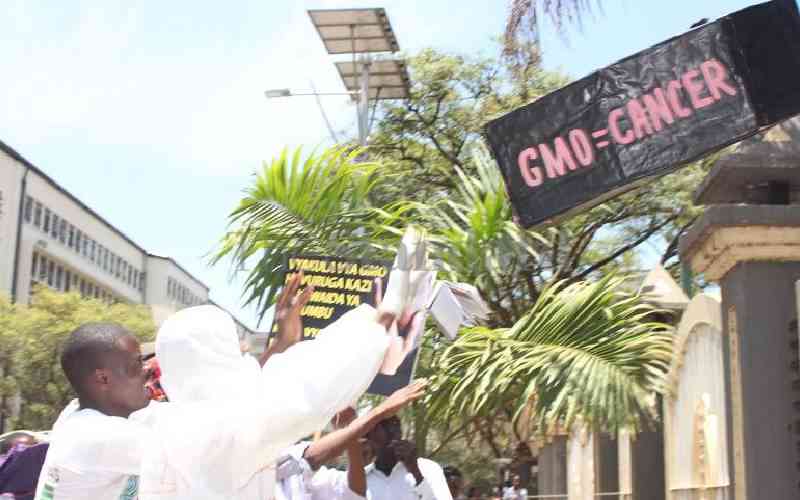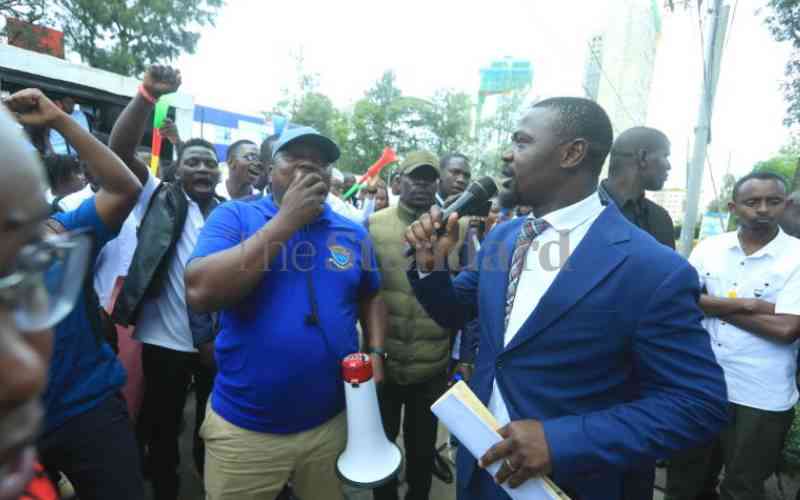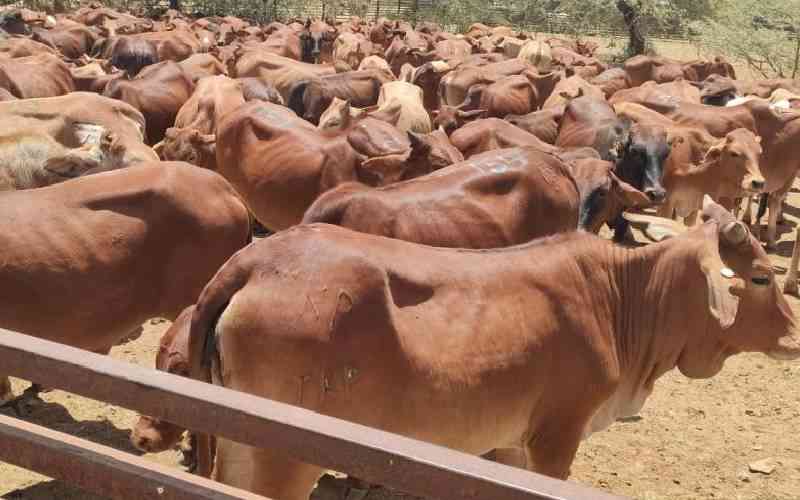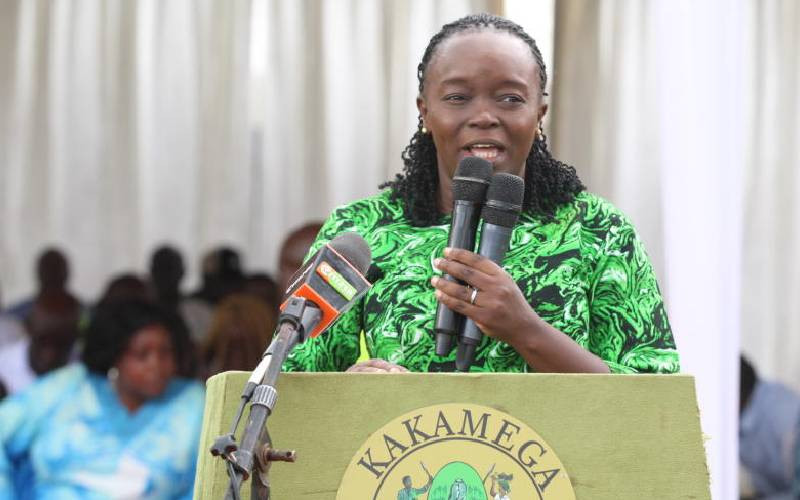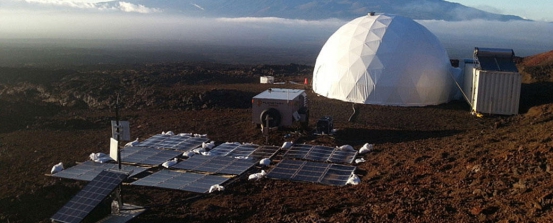
US: A crew of six scientists began a year long isolation experiment inside a small dome in Mauna Loa, Hawaii, on Friday.
This latest Hawai'i Space Exploration Analog and Simulation (HI-SEAS) mission is costing NASA Sh120 million, and is part of ongoing research at University of Hawai?i at M?noa meant to test the limits of long-duration space exploration.
The team of scientists, including a pilot and an engineer, closed the door to their new 100 square-foot (30 square-meters) home at 3:00 p.m. (19:00 GMT) local time.
"The main thing that's new about this mission is its sheer length. So as you might imagine, as the group gets to know each other, that whole dynamic changes over time," said Kim Binsted, HI-SEAS principal investigator and UH professor, before she stepped inside the dome.
"I?m a pilot and I'm gonna miss flying," said Andrzej Stewart, the only pilot in the mission. "I?m gonna be stuck in the ground both feet in the dirt for a whole year."
The dome which is 36 feet (11 meters) in diameter and two stories tall, will not allow access to fresh air or food, which will be provided in packets and cans.
"The wind in your face. The sun. That I'm gonna miss a lot," said Sheyna Gifford, another scientist participating in the 365 day mission.
Each member has a small dorm room they can use for privacy, which at least one crew member will be using to learn a new instrument.
"Here I'm trying to find an ukulele so I can learn a new skillset while I'm in the dome," said Carmel Johnston.
She'll have plenty of time for practice. This is HI-SEAS' fourth and longest isolation experiment, their previous one lasting eight months.
The team of six will be under constant surveillance via cameras and body movement trackers.
 The Standard Group Plc is a multi-media organization with investments in media platforms spanning newspaper print
operations, television, radio broadcasting, digital and online services. The Standard Group is recognized as a
leading multi-media house in Kenya with a key influence in matters of national and international interest.
The Standard Group Plc is a multi-media organization with investments in media platforms spanning newspaper print
operations, television, radio broadcasting, digital and online services. The Standard Group is recognized as a
leading multi-media house in Kenya with a key influence in matters of national and international interest.







